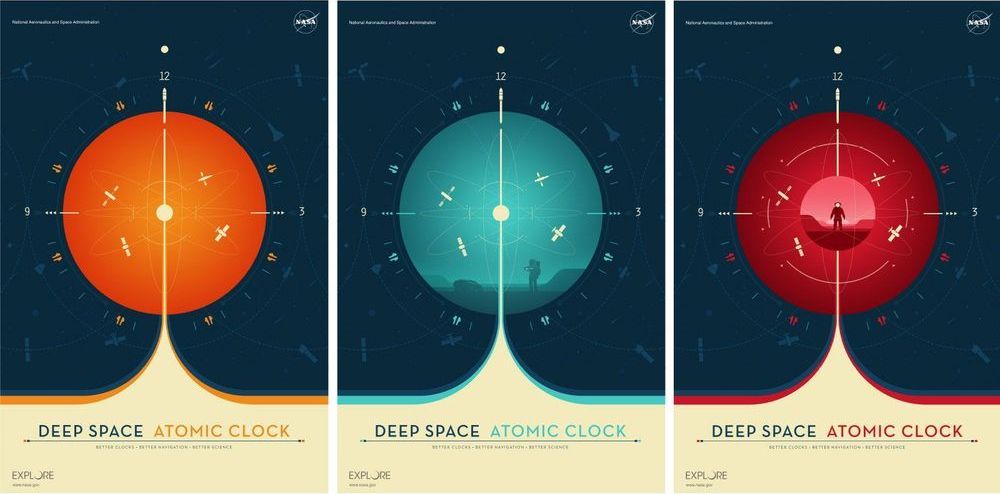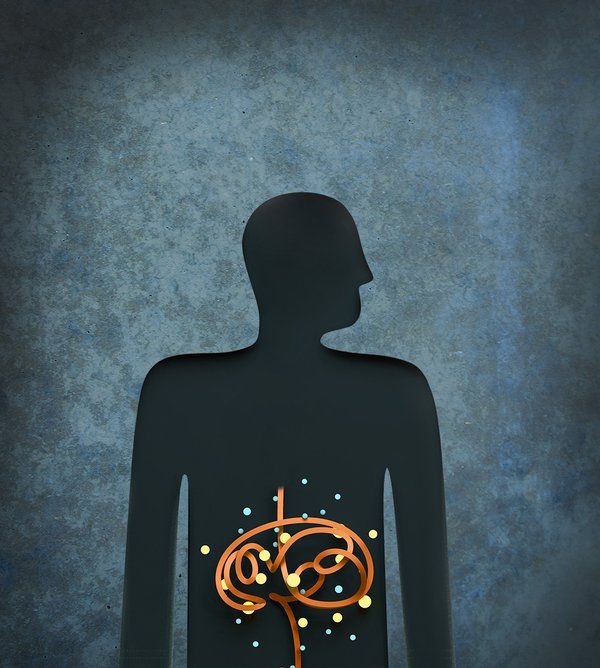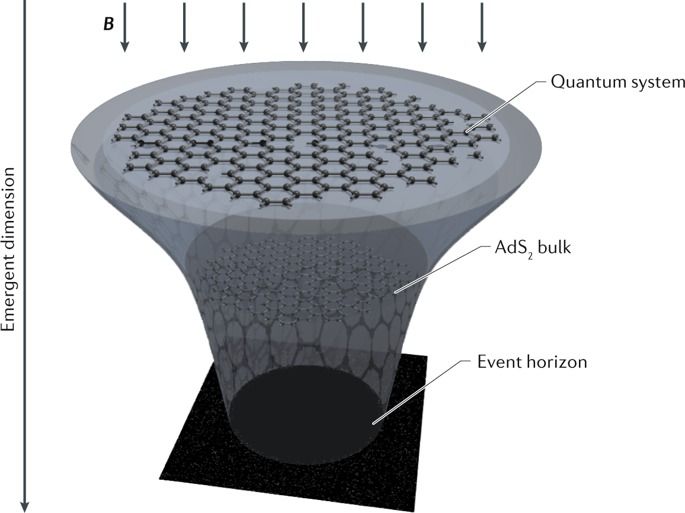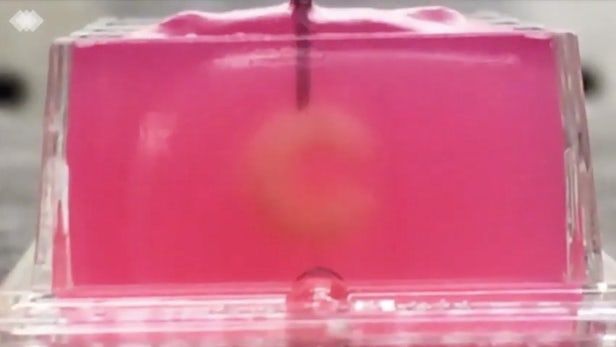Jun 20, 2019
NASA’s Deep Space Atomic Clock Will Transform Space Exploration
Posted by Genevieve Klien in category: space travel
What Is an Atomic Clock?
Clock is ticking: A technology demonstration that could transform the way humans explore space is nearing its target launch date of June 24, 2019. Developed by NASA’s Jet Propulsion Laboratory in Pasadena, California, the Deep Space Atomic Clock is a serious upgrade to the satellite-based atomic clocks that, for example, enable the GPS on your phone.


















